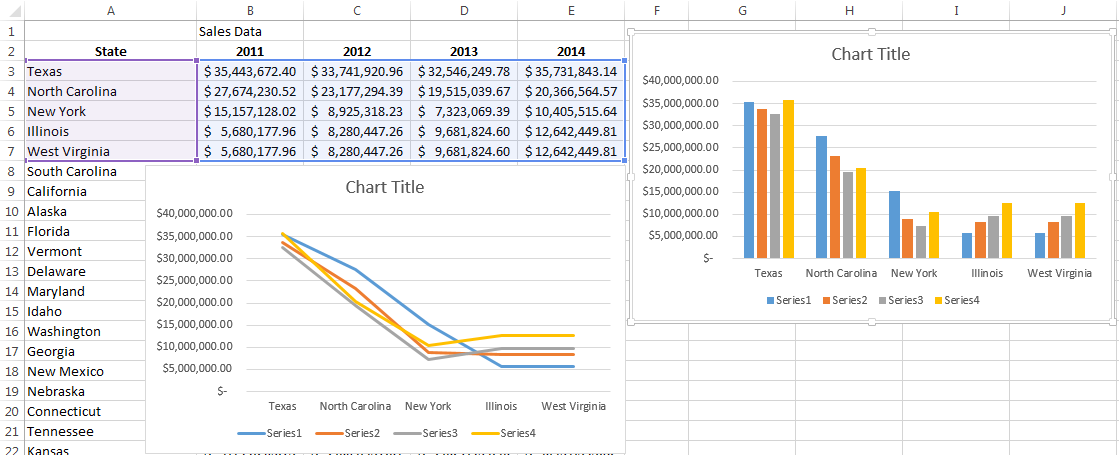
Double-click the cell in which you want to insert a line break.How do you go to the next line in Excel in the same cell? These combinations work both in Excel for Mac 2011 and the new Excel for Mac 2015. As an alternative, Control + Command + Enter can also be used to achieve the same. The answer is to use Control + Option + Enter, which will create a line break in the cell. I don't need to worry about adding double quotes because Excel already understands that the space, comma, and line breaks are text and, as a bonus, the formula is much easier to read and debug.How do you skip a line in Excel cell Mac? Now when I create a formula for concatenation, I can just click to include both cell references and punctuation. Next, I add the required text in each cell using CHAR(13) for the line break, as before.įinally, I'll name these cells "space," "comma," and "break" using Excel's named range feature. To start off, I'll set up cells for a space, a comma, and a line break. One trick you can use to speed up the process, and reduce errors, is to define any literal text as a " constant" using a named range. This works fine, but it's a hassle to string together all these references with literal text. Note that you must have text wrapping enabled when you use line breaks.

Once I add the character formula where I need the line breaks, the address will display correctly. In this case, because I'm working on a Mac, I need to use CHAR(13). To add line breaks, I just need to use the CHAR function with the appropriate number. On Windows, character 10 is a line break and on the Mac, it's character 13. To fix this, I need to insert actual line breaks, and this is where the CHAR function is useful. Enabling text wrapping isn't going to fix the problem because the line breaks will be random depending on the column width. This works, but notice that everything just ends up on the same line. In addition to cell references, I also need to include "literal text" for spaces and a comma. If I want to create a mailing address using this data, I need to create a formula that uses CONCATENATION to bring the name, street, city, state and zip together. In this video we'll look at a clever way to make this task easier and less error-prone.Ī common example of a situation that requires concatenation is assembling a mailing address from data in separate columns.
:max_bytes(150000):strip_icc()/WrappedText-5bdb6b6bc9e77c0026b49b2c.jpg)
In the real world, you often need to concatenate values in a way that includes line breaks and other punctuation.


 0 kommentar(er)
0 kommentar(er)
